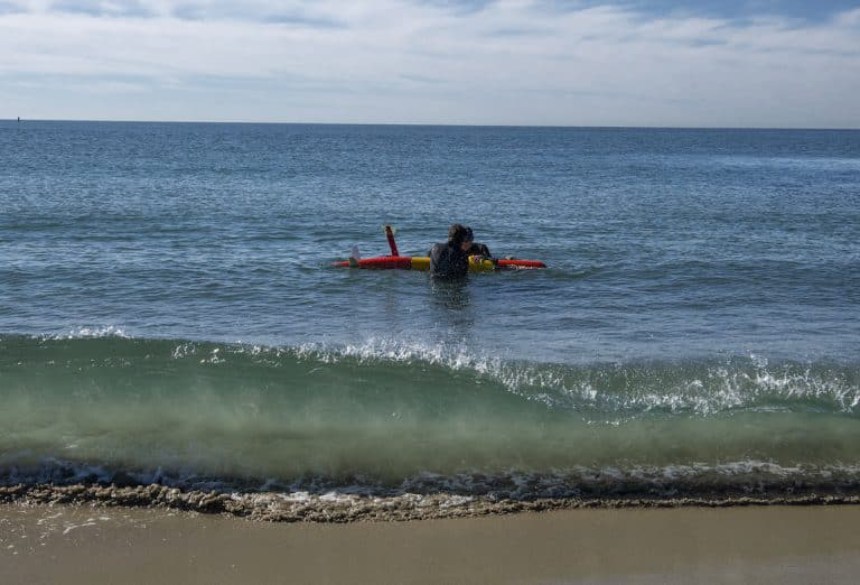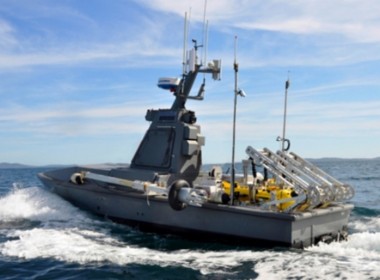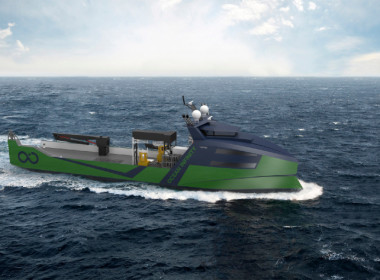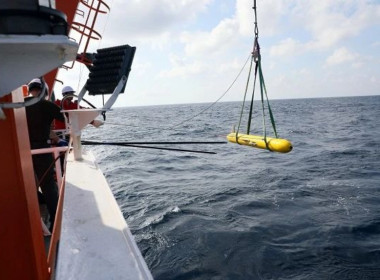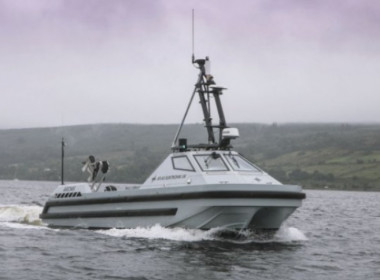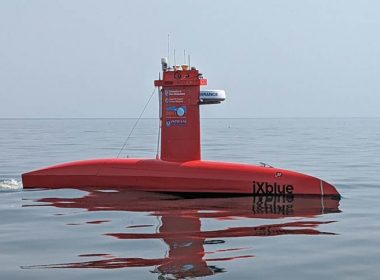FEATURE | Unmanned vehicles to support California science institute’s ocean exploration program

Engineers at the Monterey Bay Aquarium Research Institute (MBARI) in California have been developing ocean science robots that work independently of ships.
MBARI’s long-range autonomous vehicle (LRAUV) is a nimble robot that can be deployed from beaches, piers, and small boats to run complex missions on its own for weeks to months.
The ocean covers more than 70 per cent of the planet’s surface and its expansive depths represent the largest living space on Earth. To understand the massive marine environment, scientists need research tools that can travel far and wide. Research vessels provide a critical platform for exploring the ocean, but going to sea on a research ship requires substantial resources. Institutions must invest in their own fleets and crews or rely on shared vessels, where demand greatly exceeds capacity.
The LRAUV is about 6.6 feet (two metres) long and weighs 242.5 pounds (110 kilograms). Designed entirely by MBARI engineers, it travels through the water without direct control from shore. It collects information about the physical, chemical, and biological characteristics of its surroundings.
MBARI has a fleet of eight LRAUVs. Each carries a unique payload for water sampling, microbial analysis, acoustics, or imaging.
Initial self-deployment trials prove validity of concept
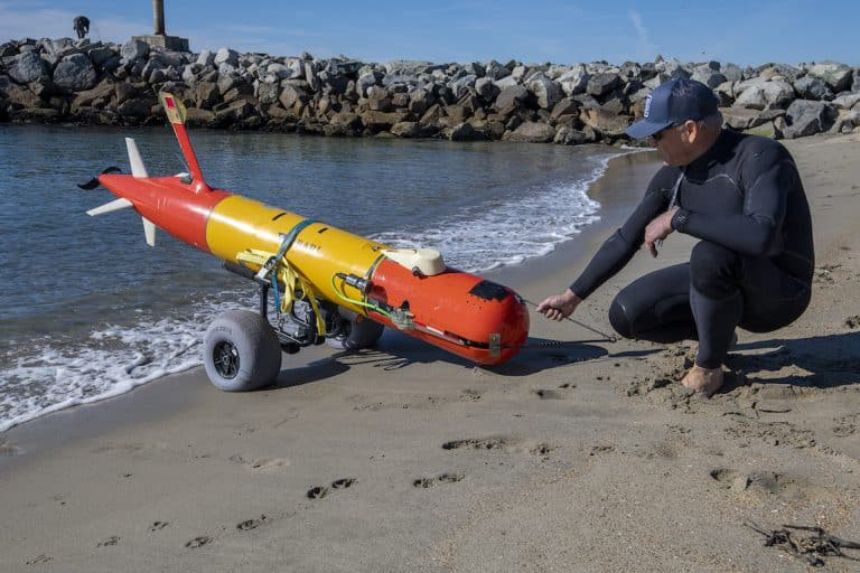
From the start, MBARI engineers designed the LRAUV to function without a host ship. However, the early deployments still required small boats to launch the vehicle. It was not until 2017 that the first fully ship-free operations began during a collaboration with the National Oceanic and Atmospheric Administration (NOAA) using the LRAUV to monitor blooms of toxic algae. Since then, MBARI has been routinely launching LRAUVs from beaches and piers along the coast of California and the Great Lakes.
In December 2022, MBARI engineers ran the first deployment of the LRAUV from the beach outside MBARI’s research facilities in Moss Landing, California.
The team wheeled the robot to the beach on a durable cart outfitted with all-terrain tires for easy maneuvering across the sand. Mechanical Engineer Brett Hobson and Software Engineer Brian Kieft gently rolled the LRAUV into the water while Software Engineer Tom O’Reilly kept watch from shore. Once afloat in the surf, Hobson and Kieft unstrapped the robot from its cart and released the vehicle to complete a short mission out to sea. After it completed its mission, the LRAUV returned to Hobson and Kieft, who then secured the vehicle on its cart again and rolled it back on to the beach in the crashing waves.
Other benefits
Launching and recovering the LRAUV from shore instead of from a ship frees up research vessels to host the complicated expeditions that they are best suited for. Also, technologies that can be deployed from shore have a smaller carbon footprint. When launched from land, the battery-powered LRAUV is an emissions-free tool. The new docking station recharges vehicles with energy harvested from the sun. The LRAUV team is also working towards carbon-free operations in the near future.
MBARI said that critically, shipless deployments help expand access to the ocean. Not all research institutions have access to a ship. Even if they do, operating those platforms is expensive. It is therefore necessary to mobilise a wide variety of science and engineering efforts for ocean exploration.
Understanding the complex physical and biological processes that sustain marine ecosystems, and ultimately human well-being, requires robust observing systems. MBARI’s autonomous systems are capable of continuously monitoring ocean health in real time. The institute’s engineers envision a future where autonomous robots operate independent of ships and technicians, 24 hours a day, 365 days a year. The ability to launch and recover the LRAUV from ship or shore helps support this vision for autonomous exploration.
